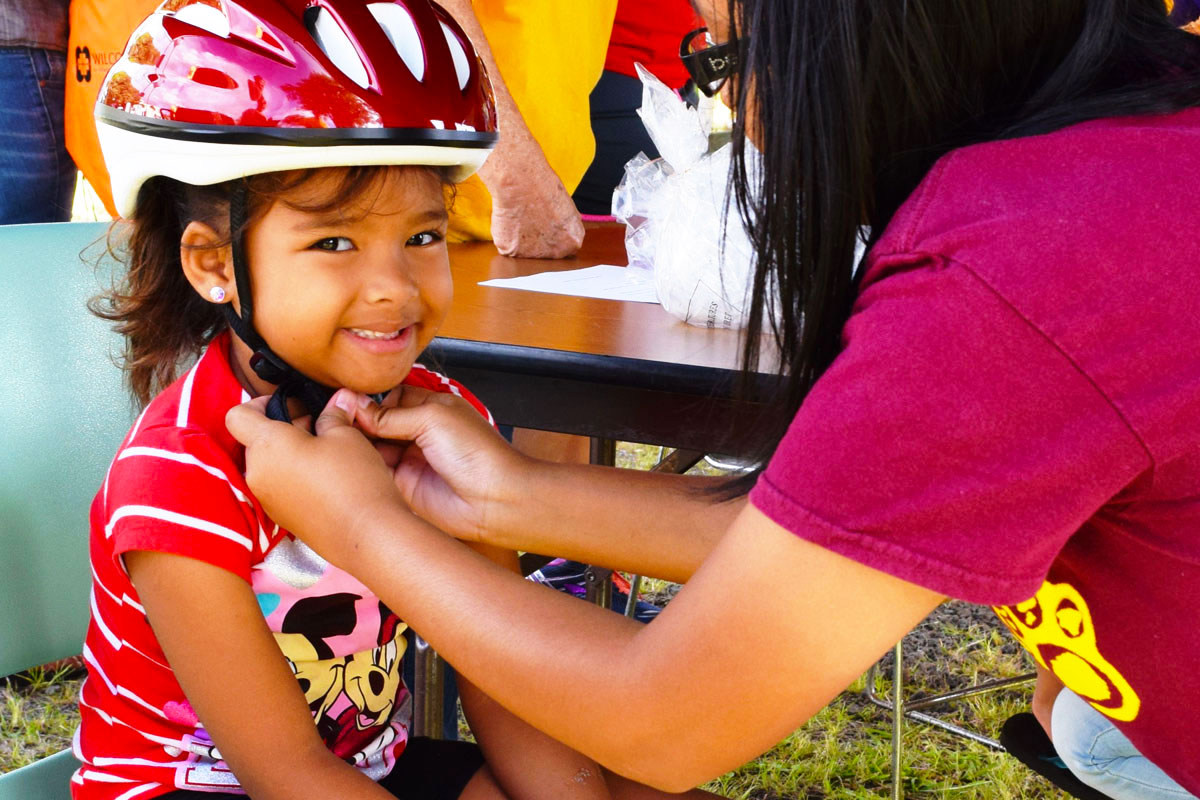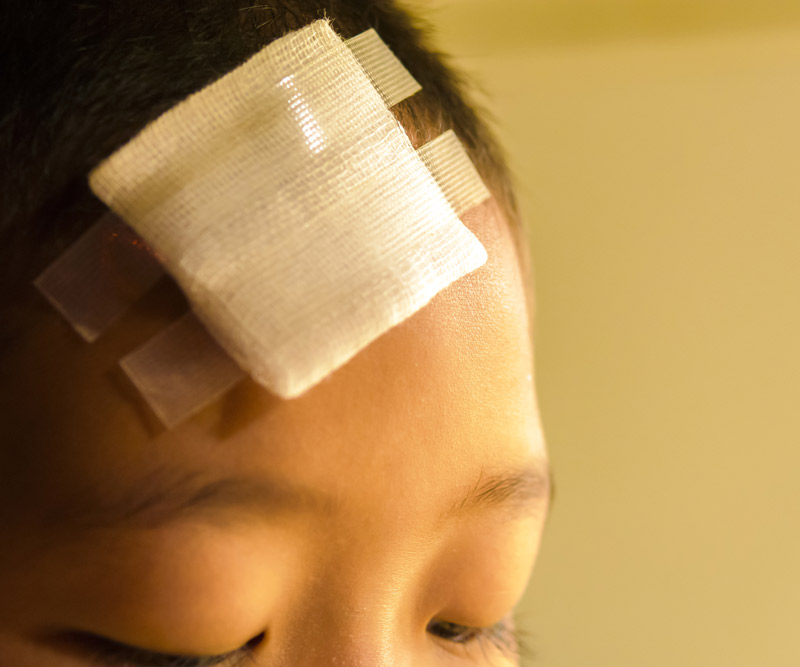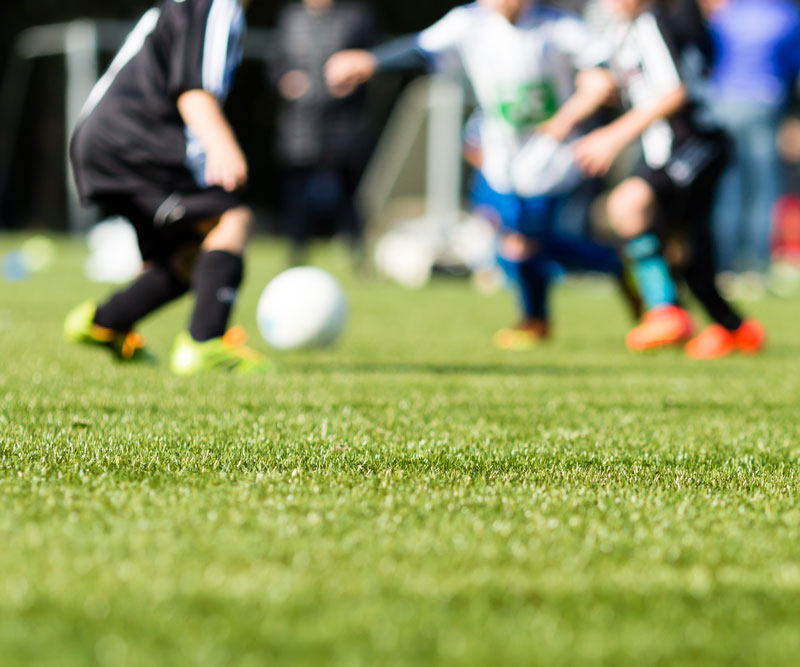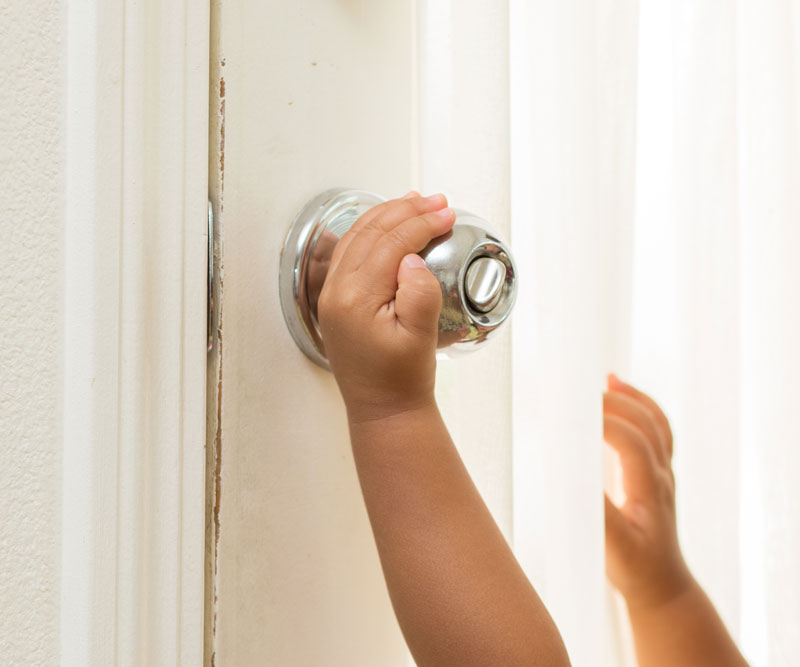
Use Your Head – Wear a Helmet
Sports such as bicycling, skateboarding and inline skating account for 50 percent of head injuries that occur in children engaged in recreational activities.
In fact, more children ages 5 to 14 are seen in emergency rooms for injuries related to bicycling than any other sport.
The simple act of strapping on a helmet can reduce the risk of severe brain injuries by 88%. But, according to a national survey conducted by the Centers for Disease Control and Prevention, only 48% of children ages 14 and younger wear a helmet while bicycling.
“Wearing a properly fitted helmet protects your skull and brain from injuries during falls. Any bicyclist who does not wear a helmet is at increased risk of head injury,” says Marty Collins, a registered nurse and coordinator of the trauma program and Emergency Management department at Wilcox Medical Center.
Before your keiki pedal out the door, make sure they have on a properly fitted helmet.
How do you know if your helmet fits?
The right helmet for your child should be:
- Snug. It does not slide from side to side or front to back. Both the side and chin straps need to be snug.
- Level. It is square on top of the head, covering the top of the forehead. It does not tilt in any direction.
- Stable. The chin strap should be buckled at all times when riding, but not too tightly.
Wearing a properly fitted helmet protects your skull and brain from injuries during falls. Any bicyclist who does not wear a helmet is at increased risk of head injury.”
When buying a helmet for your child, be sure to choose a helmet that fits your child now, not one he or she will grow into. Have your keiki perform the following fit test:
- Eyes. Put the helmet on your head. Look up. You should see the bottom rim of the helmet. The rim should be one to two finger widths above the eyebrows.
- Ears. Make sure the straps form a “V” under your ears when buckled. The straps should be a little tight, but comfortable.
- Mouth. Open your mouth as wide as you can. Does the helmet hug your head? If not, tighten the straps.
You should only buy a helmet that meets the bicycle helmet safety standards of the Consumer Product Safety Commission. Any helmet meeting these standards is labeled. Check the inside for a label.
“Allow children to have a choice in the color and style of their helmet,” adds Collins, noting children will be more apt to wear something they had a say in picking out.
“Educate them on the purpose of wearing a helmet,” Collins says. “And be a role model and wear your helmet.”
Hawaii state law requires that all kids younger than age 16 wear a properly fitted helmet while riding a bike.
Visit the National Highway Traffic Safety website for more information on bicycle safety.
Published on: April 20, 2015




